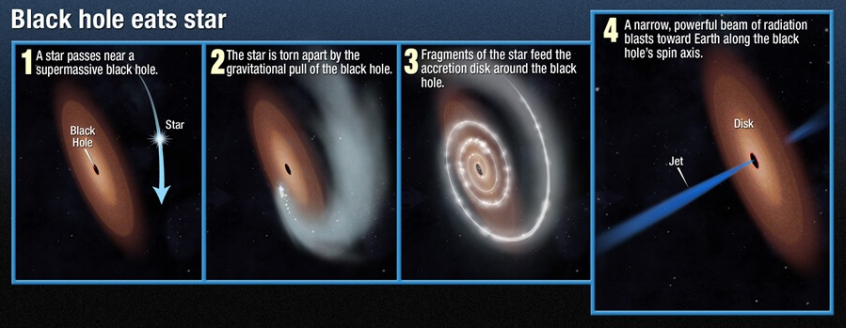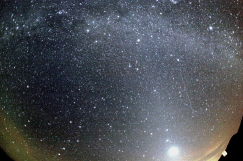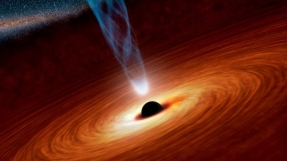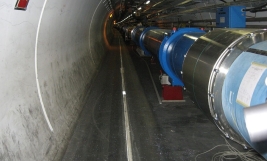
We've seen how black holes are portrayed in science-fiction films, sucking in anything that comes near it, be it the littlest debris in outer space or even entire planets.
Recently, an international team of astrophysicists was able to actually witness this colossal event, using radio telescopes. The scientists saw how a black hole swallowed a star about the size of the sun.
This rare glimpse of a black hole event, detailed in the journal "Science," started when the scientists began tracking the star, which slowly shifted away from its usual path and fell into the gravitational pull of a supermassive black hole.
The research team, led by astrophysicist Sjoert van Velzen from the Johns Hopkins University, built on earlier experiments made by a team at the Ohio State University, which used an optical telescope in Hawaii to observe black holes.
"The destruction of a star by a black hole is beautifully complicated, and far from understood," Van Velzen said, as quoted by Phys.org.
The supermassive black hole observed by the team was about a million times the mass of our sun, and was packing a force that was enough to eat up an entire star.
One of the more significant observations made by the team was how the black hole ejected a flare of matter moving at nearly the speed of light after swallowing the star.
"These events are extremely rare. It's the first time we see everything from the stellar destruction followed by the launch of a conical outflow, also called a jet, and we watched it unfold over several months," Van Velzen explained.
This observation supports earlier predictions that a black hole will spew a fast-moving jet of plasma when force-fed with a huge amount of gas. This occurrence has been called by scientists as an "event horizon."
"Previous efforts to find evidence for these jets, including my own, were late to the game," the lead researcher said.
"From our observations, we learn the streams of stellar debris can organise and make a jet rather quickly, which is valuable input for constructing a complete theory of these events," he added.
Van Velzen's team was also able to collect data from satellites and ground-based telescopes that gathered X-ray, radio and optical signals, providing a stunning "multi-wavelength" portrait of this event.

















